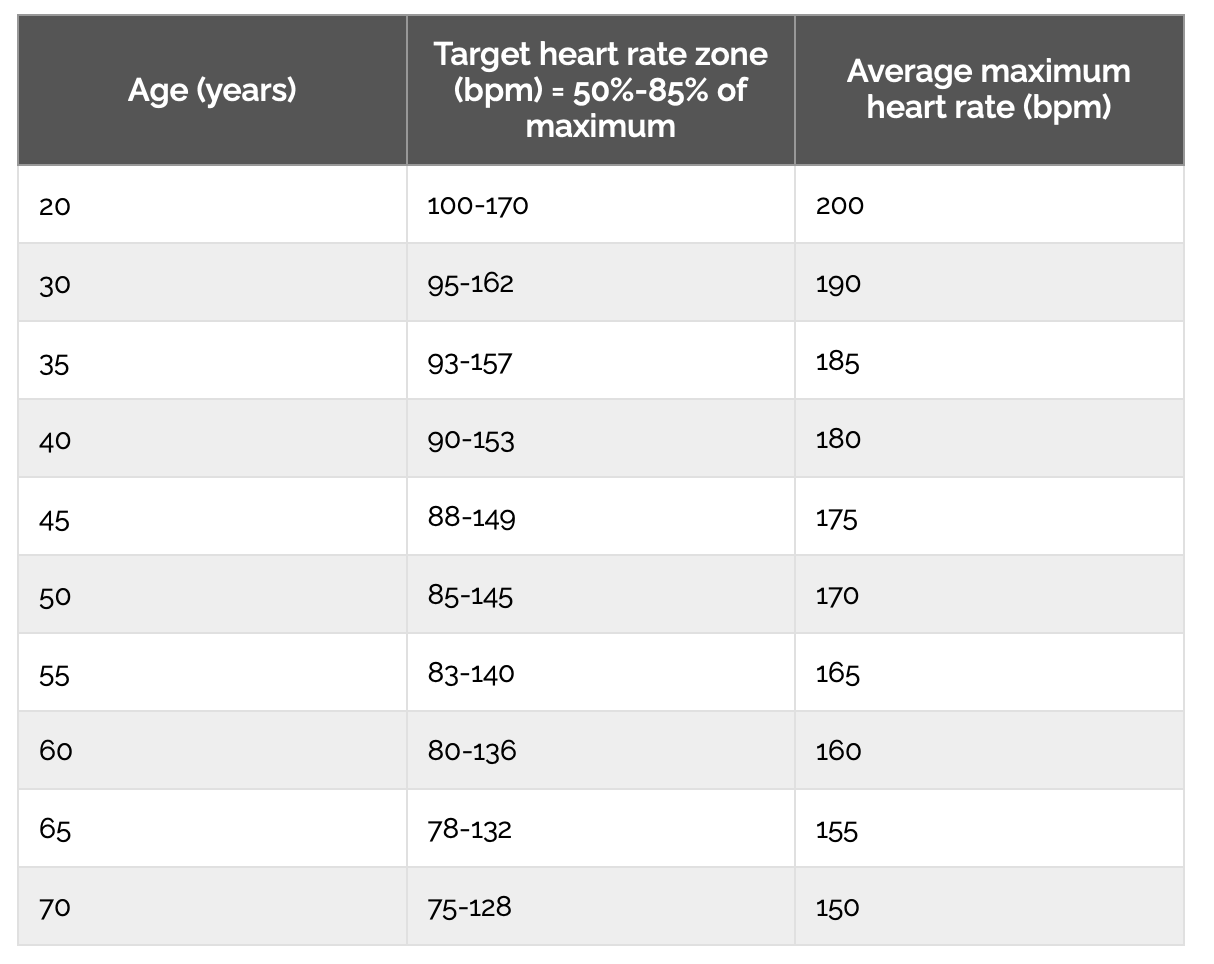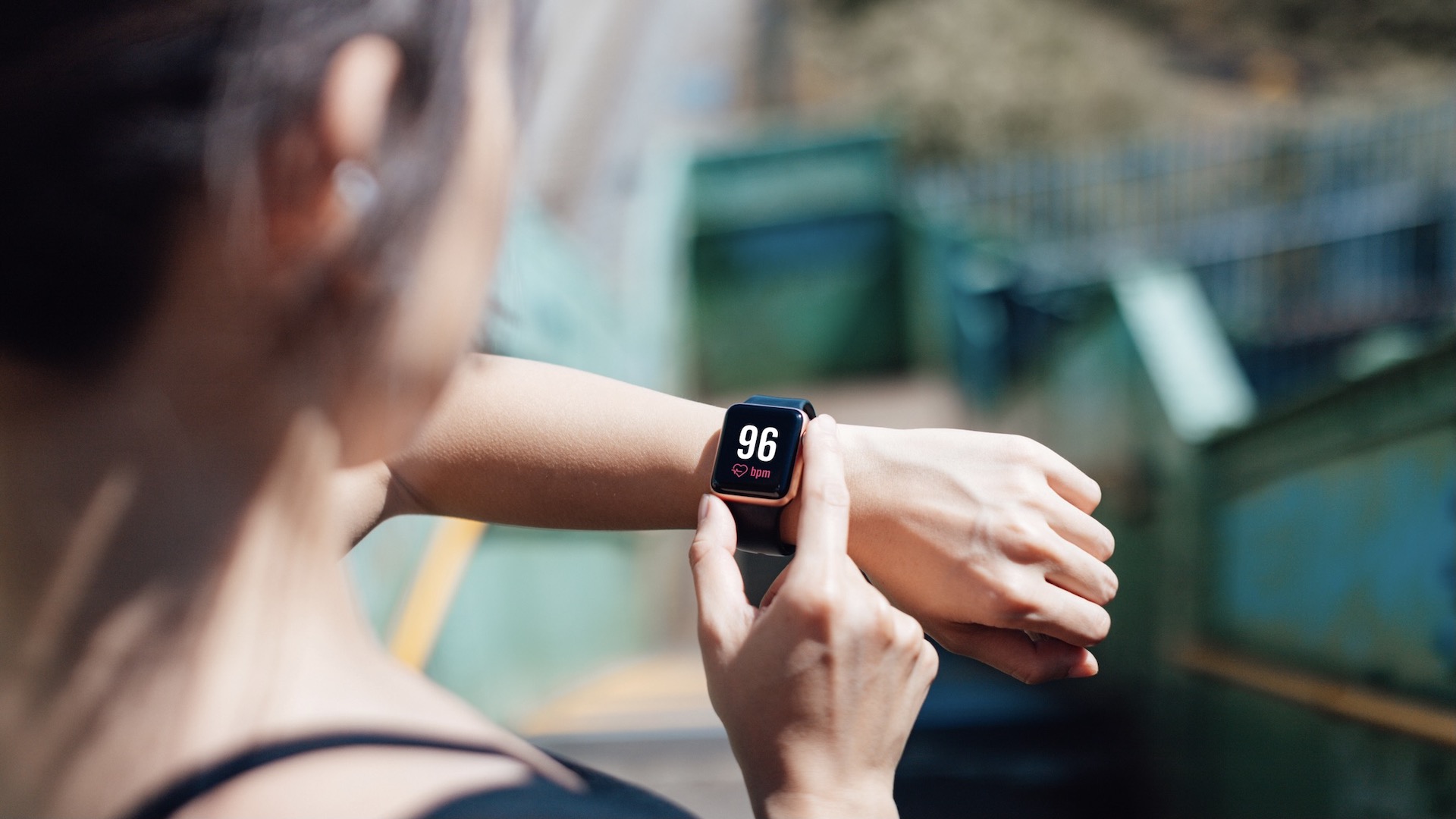What is normal heart rate when running?
Learn how to work out your optimal heart rate and how to factor this into your training

When we run, or do any physical exercise, our heart rate increases. We all know that, of course. But what is a normal heart rate when running and is there an optimal heart rate for runners?
Everyone’s ideal running heart rate will be different and it depends on your age, size or weight and fitness levels.
However, as a general guide, to work out an optimal running heart rate you first need to calculate your maximum heart rate. The most widely used formula for maximum heart rate is to subtract your age from 220. Then, consider various percentages: During moderately intense activity, your target heart rate will be 50% to 70% of the maximum figure. Meanwhile, during vigorous activity, your target heart rate will be 70% to 85% of the maximum.

What is a normal heart rate?
Heart rate is measured in beats per minute (bpm). You can count your own heart rate by feeling for a pulse point. Count the number of beats in 15 seconds and multiply by four to give you the bpm of a minute.
Resting heart rate is usually in the region of 60 to 100 bpm although for some athletes it may be as low as 40 bpm.
The best time to measure resting heart rate is when you wake up after a good night’s sleep. Many of the best GPS watches record heart rate, too, whether via a wrist monitor or a chest strap monitor.
Target heart rates according to age
There are different factors that will affect heart rate so this is a general guide but it’s useful if you are looking for targets.
Advnture Newsletter
All the latest inspiration, tips and guides to help you plan your next Advnture!

If you are 47, the age category closest to you is 50. Therefore, your target heart rate zone is 85 to 145 bpm, which is 50% to 85% of your average maximum heart rate of 170 bpm.
Another example is that if you are 40 years old, your maximum heart rate is 180 bpm.
To exercise in the moderate heart rate zone, you are looking a bpm of between 50% and 70%.
- 50% of maximum heart rate: 180 x 0.50 = 90 bpm
- 70% of maximum heart rate: 180 x 0.70 = 126 bpm
So, at the age of 40, an activity is moderate if your heart rate stays between 90 and 126 bpm
For vigorous activity, heart rate is ideally between 70% and 85%.
- 70% of maximum heart rate: 180 x 0.70 = 126 bpm
- 85% of maximum heart rate: 180 x 0.85 = 153 bpm
At the age of 40, an activity is vigorous if your heart rate stays between 126 and 153 bpm.
These are general rules and some sports experts state different values of 64% to 76% for moderate exercise levels and 77% to 93% for vigorous exercise.
If you want to find out your true personal maximum heart rate, rather than these average figures, you need to do a “maximal test”, usually overseen by a sports specialist, coach or a doctor.

Why is heart rate information useful?
If you better understand your optimal heart rate when running, this information will allow you to safely achieve your best fitness goals and performance levels.
When your heart rate is too high while running, it means your body is straining too much – and this could be dangerous, especially if you are not fit in the first place or if you have other health issues.
When your heart rate is too low while running, it means you can exercise or push yourself harder if you wish and for better performance results.
Another important piece of information is that if you are new to running you should aim for a target zone at the lower end of the scale – that is closer to 50% – and then build up from there until you can exercise comfortably at 85% of your maximum heart rate. All this ties in with how to pace yourself when running.

Fiona Russell is a widely published adventure journalist and blogger, better known as Fiona Outdoors. She is based in Scotland and is an all-round outdoors enthusiast with favorite activities including trail running, mountain walking, mountain biking, road cycling, triathlon and skiing (both downhill and backcountry). Aside from her own adventures, Fiona's biggest aim is to inspire others to enjoy getting outside and exploring, especially through her writing. She is also rarely seen without a running skort! Find out more at Fiona Outdoors.
